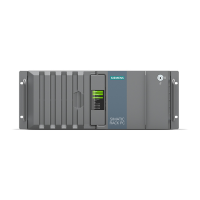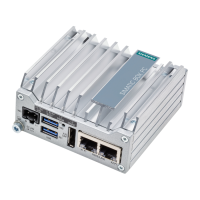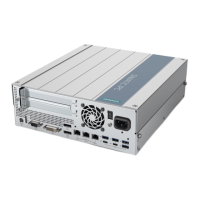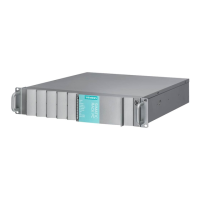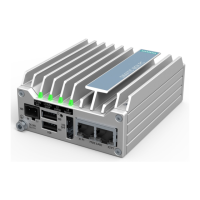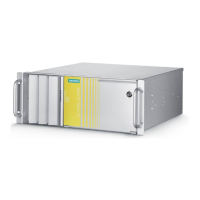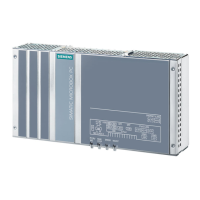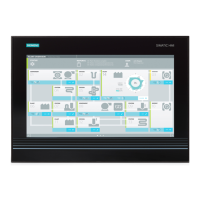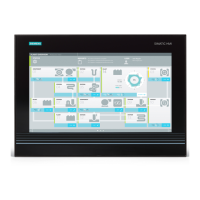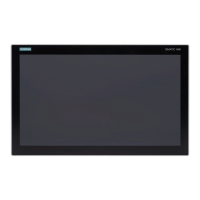Installing and connecting the device
3.3 Connecting the device
SIMATIC IPC627D/827D
40 Operating Instructions, 09/2014, A5E32990859-AB
The basic characteristics of the PCS 1616 onboard are:
● Optimized for PROFINET IO
● With Ethernet realtime ASIC ERTEC 400
● Three RJ45 sockets for connection terminal devices or addition network components
● Integrated 3-port real-time switch
● Automatic hardware detection
A maximum of one CP 1616/1604 is permitted
A maximum of one CP 1616/1604 module can be installed in one PG/PC. If you want to
use an additional CP 1616/1604 card, the CP 1616 onboard option must be disabled
using the "Profinet" entry in the BIOS setup.
Additional documentation on PROFINET
Get an overview of the information available for PROFINET
(http://support.automation.siemens.com/WW/view/en/18880715/133300).
What is contained in this document?
This documentation is not included in the product package:
PROFINET IO Getting Started: Manual
The documents use concrete examples to provide
step-by-step instructions on how to commission a fully
PROFINET System Description
This gives you the basic knowledge about the PROFINET
IO topics:
Network components, data exchange and communication,
PROFINET IO, component-based automation, application
example of PROFINET IO and component-based
From PROFIBUS DP to PROFINET IO
Read this document if you want to convert an installed
PROFIBUS system to a PROFINET system.
for CP 1616/CP 1604 and
DK-16xx PN IO
This provides the latest information about the
SIMATIC NET products CP 1616/CP 1604, CP 1616
onboard, the developer kit.
Commissioning PC Stations
This provides you will all the information necessary for
commissioning and configuring a PC as a PROFINET IO
SIMATIC NET Industrial Communication
with PG/PC: Volume 1 - Basics
SIMATIC NET Industrial Communication
with PG/PC: Volume 2 - Interfaces
This manual introduces you to industrial communication
and explains the available communication protocols. It
also describes the OPC interface as an alternative to the
IO-based user programming interface.
